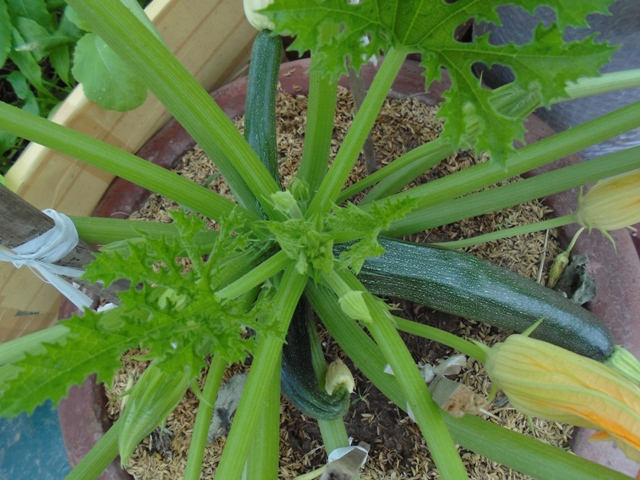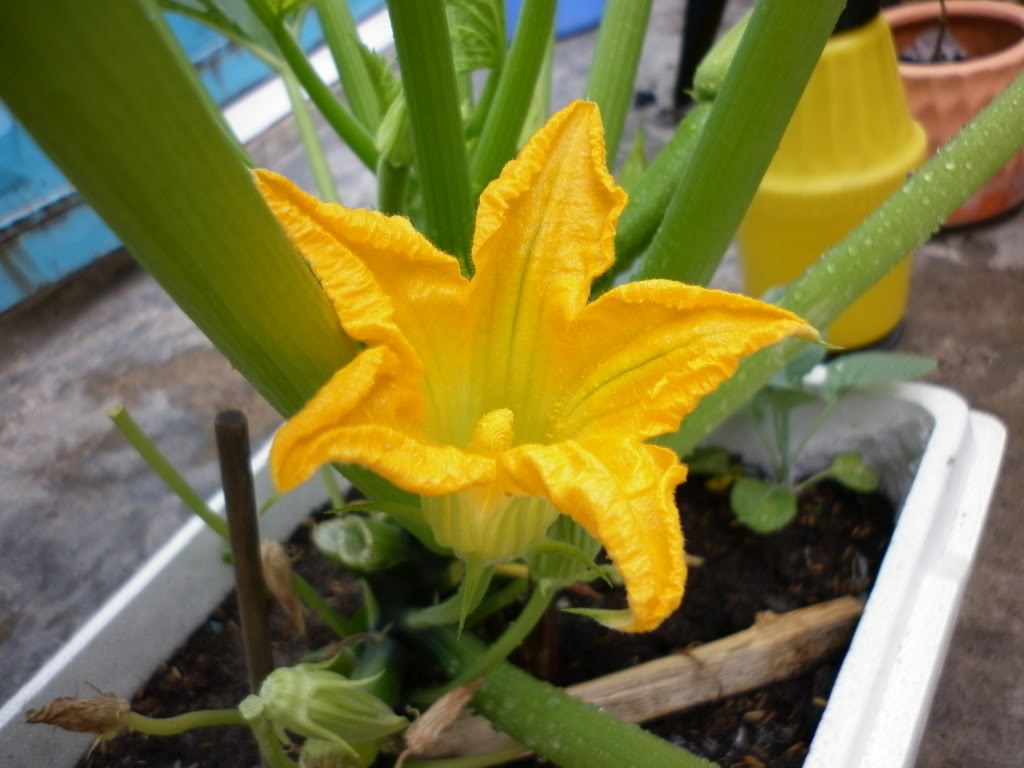Instructions on how to grow squash for high productivity
The pumpkin tree has a rather special name, and the same family of common squash and tree planting techniques are similar to the Cucurbit family. People can plant this plant in a small area.
Techniques for planting pumpkin trees
In terms of planting techniques, there are two methods of planting squash which are most commonly grown with seeds and planted with seedlings . If you choose to grow with seeds, people will have to sow seeds before planting 4 - 6 weeks. Planting seedlings in pots or gardens is always easy and takes less time than seeding.

Sitting squash trees have the same planting techniques as other pumpkins
Sitting squash is often evaluated as a summer tree, because it thrives and gives the most fruit at this time. Plants that love light, cannot survive in cold soil environments. Therefore, farmers should plant trees when the outdoor temperature reaches at least 23 degrees Celsius.
Sitting squash will grow strongly in places that receive a lot of sunlight , and a spacious space allows roots and leaves to spread freely. Growers should choose a location in the garden / indoor to receive at least 6 - 10 hours of light each day, without too much shade covered. Make sure the pot is available with drainage holes, the pumpkin likes to moisten the soil, but if the soil is loose, it will not grow.

People can plant trees in foam containers or plant trees in the house if they meet the nutritional requirements for plants
In case the soil is not able to drain well, growers can overcome it by changing the location of planting or using organic soil. Avoid planting trees in the north because this direction is not much illuminated.
First, people should start by mixing the coating (eg straw, straw .) with organic fertilizer to provide the necessary nutrients for the soil. Check soil pH and modify if necessary. Pumpkin likes growing soil with a pH of 6 - 7.5.

The yellow sitting squash is being cultivated
In addition, people can officially plant seeds indoors for 4-6 weeks before transplanting them out. The next step is to prepare the sowing tray (preferably with a tray divided into cells), people pour soil into each plot, sow seeds, cover with a thin layer of soil above and water. The final step is to place the tray in the area that receives the abundant light source, the lowest image temperature is 26 degrees Celsius. When the first pair of leaves emerges, the young plant is ready to be planted into a new pot or planted directly. in the garden.
If planted with seeds, seeds must be deep in the soil at least 1 - 1.5 cm. The holes need to be larger than the seedlings. Growers should maintain a distance between plants of 75 - 100 cm. After that, people should sprinkle a layer of soil 0.5 - 1 cm thick covering the seed. This soil should not be too thick for plants to absorb light and water.
How to care
People should extract weeds as soon as they appear and may spread a coating (such as straw, etc.) on the soil surface to prevent this situation. Adding liquid fertilizers every 3-4 weeks will help plants stimulate growth. At the same time, growers need to cut diseased branches or leaves to avoid spreading to other parts of the tree.

Pumpkin stuffed with meat is a favorite dish of Vietnamese people in the summer
For more fruit-producing plants , people can use the manual method of cutting a male flower (usually with a long stem, a piece) rubbing against the female pistil (usually with a short stalk). Farmers can do this on some flowers depending on the time you have and the desired growth.
The uses of sitting squash
This species is said to be " a plant " of synthesizing viamin C, vitamin A, trace elements such as magnesium, manganese, potassium (potassium), copper, fiber and many vitamins of group B (B1, B2, B3, B6). In addition, squash also contains protein, zinc, calcium, iron, tryptophan, vitamin K, folate .
The squash used in meals is for asthma patients who are high in vitamin C. Regular squash sitting will lower homocysteine levels and aid in the structure of capillaries. Squash is believed to be the most ideal food to prevent necrosis and bruising caused by a deficiency of vitamin C.
Squash also has the ability to prevent multiple sclerosis and colorectal cancer. The nutritional ingredients in sitting squash also " cum " more tasks to prevent atherosclerosis, lowering blood pressure . They also work to prevent cholesterol oxidation.
- How to grow squash wrong fruit
- How to eat wrong squash that many people have
- Straw mushroom: Instructions for planting and harvesting
- The method of growing slanted papaya gives outstanding productivity
- Cultivation of melon plants for high productivity
- Study to treat diabetes with young squash
- Instructions on how to grow and care for cherry tomatoes that produce fruits throughout the year
- Instructions for planting clean herbs at home
- Beauty and cure with squash
- High-tech farm model in the UK
- Instructions on how to grow cucumbers in pots safely and wrongly
- Successfully growing high quality rice varieties from Japan
 'Barefoot engineer' invents a pipeless pump
'Barefoot engineer' invents a pipeless pump Process of handling dead pigs due to disease
Process of handling dead pigs due to disease Radiometer
Radiometer Warp Engine: Technology brings us closer to the speed of light
Warp Engine: Technology brings us closer to the speed of light Using straw turns saline soil into fertile agricultural land
Using straw turns saline soil into fertile agricultural land  Research on biochar to improve soil acidity and salinity
Research on biochar to improve soil acidity and salinity  Space agriculture: What plants can be grown on Mars?
Space agriculture: What plants can be grown on Mars?  Can plants 'live' on the Moon?
Can plants 'live' on the Moon?  Biocrusts biocrust helps reduce global dust emissions by 60%
Biocrusts biocrust helps reduce global dust emissions by 60%  Scientists successfully planted germinating plants on the Moon's soil
Scientists successfully planted germinating plants on the Moon's soil 